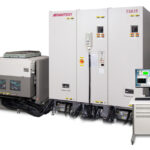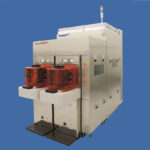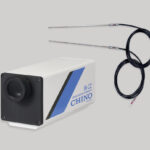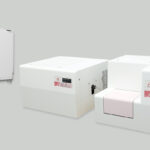ASIA ELECTRONICS INDUSTRYYOUR WINDOW TO SMART MANUFACTURING
Unique Method Emerges in Semiconductor Inspection
Electronic devices that are becoming increasingly finer has increased and this requires further advancement in measurement accuracy. Because of this, Toray Engineering D Solutions Co., Ltd. (TDS) has released T301PR pulser-receiver that is driving equipment for ultrasonic sensors.
Transducers (sensors) mounted on the head of scanning acoustic tomographs (SAT) and scanning acoustic microscopes (SAM) can detect voids and minute cracks on semiconductors. A pulser-receiver has functions of a receiver that receives signals from the transducer and of a pulser that oscillates ultrasonic waves.
High Frequency Receiving Precision
Conventionally, large pulser-receivers do precise inspections in high-frequency range requiring large power. Furthermore, incorporating them in inspection equipment is a challenge as they require large installation space.
T301PR maintains receiving precision even at high frequencies despite its compact size. Correspondingly, despite integrating a power supply, it managed to achieve one-fourth in weight of existing products. Also, it has power consumption of 5V, which is one-sixth of similar products.
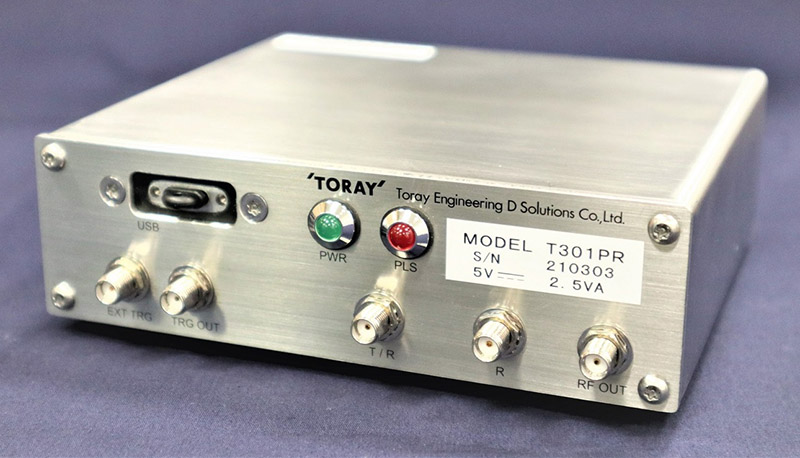
T301PR also features a wide frequency band. As a result of the advancement in finer fabrication, semiconductor inspections mostly use 30M to 70MHz. T301PR’s receiver has reception band of 2 to 250MHz. To meet future demand for even higher frequencies, the pulser-receiver covers wide band far surpassing the most used frequency range.
Unique Inspection Solution
TDS has a high market share for its ultrasonic transducers. They use polymer as sensor material as opposed to ceramic used in existing products. They widely use Poly (vinylidene fluoride-trifluoroethylene) P (VDF-TrFE) film with the highest sensitivity among polymer piezoelectric materials.

Ultrasonic waves oscillated from ultrasonic transducers adopting ceramic as sensor material targets object through glass lens. Therefore, glass itself can become a noise source.
Consequently, the sensor of TDS emits ultrasonic waves directly from its tip without going through glass and is capable of securing high precision. Furthermore, it is of the film shape with excellent bendability and has a wider frequency band than ceramic sensors.
With the booming semiconductor industry, sales of TDS’s transducers have been expanding, particularly in Asia. The company’s transducers are popular for inspections of power devices and multilayer ceramic capacitors (MLCCs). TDS intends to propose inspection solutions that only TDS is capable to offer by combining its transducers with the pulser-receiver.

